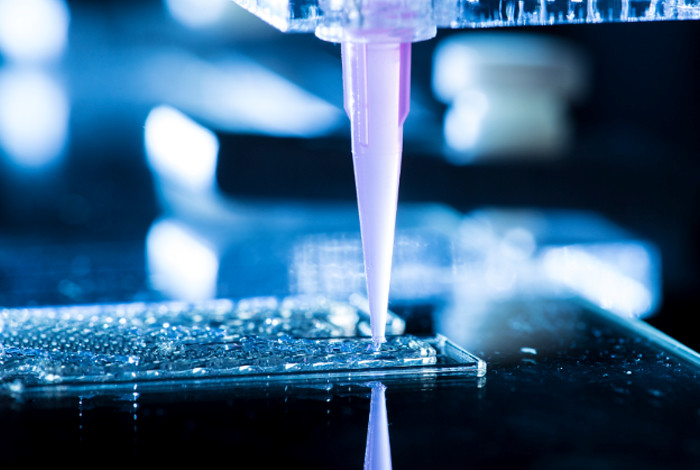From Guest Blogger Brooke Chaplan: Can 3D Printing Technology Make Energy Usage More Efficient?
While 3D printers used to only be found in universities and high-tech innovation labs, they can now be found in homes, schools and small businesses. The technology behind these printers offers an energy-efficient solution to many problems. Consider these four ways in which 3D printing technology makes energy usage more efficient.
Using Less Energy for Production Needs
Compared to firing up a large piece of injection molding equipment, operating a 3D printer uses less electricity. When only one or a few units are needed, it does not always make sense to use a large, mass production machine to do it. A smaller, more efficient 3D printer uses less energy to do the same task. If a person needs a custom product, a business could cut its operating costs by opting for the 3D printer instead of the big machinery.
Eliminating Material Waste in Manufacturing
When a small run of a product is all that is needed, a 3D printer minimizes material waste. This is especially true if a special formulation of a material is needed. When a product is being tested, many different formulations of materials may be tried out to see what works the best. Using a 3D printer for making one to ten test products reduces material waste in tests of manufacturing products.
Energy Waste in Heating and Cooling Applications
According to Navigant Research, using 3D printing for making air to heat exchangers in a single piece rather than with multiple components could decrease energy waste in heating and cooling systems by 20 percent. The single-piece exchangers have a high level of resistance to leakage and evaporation. This product alone has the potential to reduce coal usage by 252 million tons.
Decreasing Energy for Transportation
With 3D printing technology, there will be less energy used for the transportation of products to consumers. Instead of manufacturing products around the world in far-off places such as China, people can use a 3D printer in their own home or at a local facility. Using 3D printers to create circuits that are more efficient and more integrated can also help solve energy problems. Some companies, like Streamline Circuits, realize how helpful this kind of technology can be in this regard. This reduces the use of fossil fuels needed to transport materials to the factory and finished products to the market or to the consumer.
According to Elektor Magazine, 3D printed items use about 41 to 74 percent less energy than mass-produced items. You can put this energy savings to use in your business by reinvesting that money into more 3D printers or other energy-efficient solutions. These efficient printers could help to revolutionize your work and lower your bills.


3D printers can be used for a vast array of tasks using a huge range of materials from plastics to metal powder, to concrete, to proteins and living cells, and have now been used to print complex 3 dimensional objects like turbine blades for jet engines,(lighter and more efficient), complete homes,and even living heart valves grown from tissue cultured cells.
In the auto industry, 3D printing can potentially allow the manufacture of lighter parts so improving fuel economy.
I am sure there are many more.